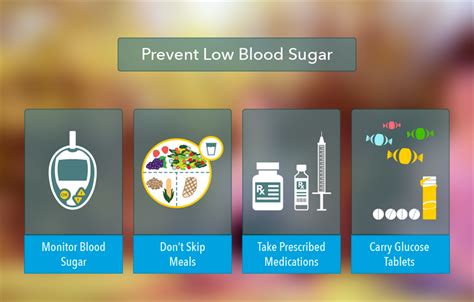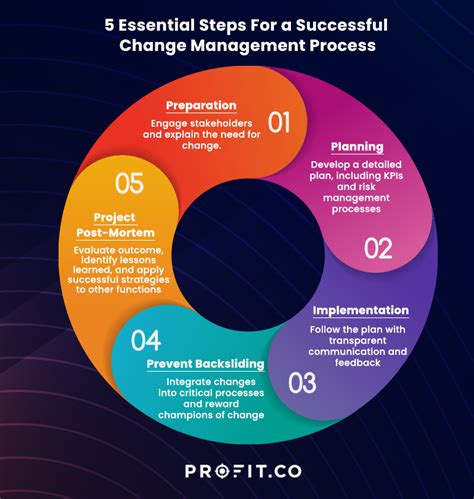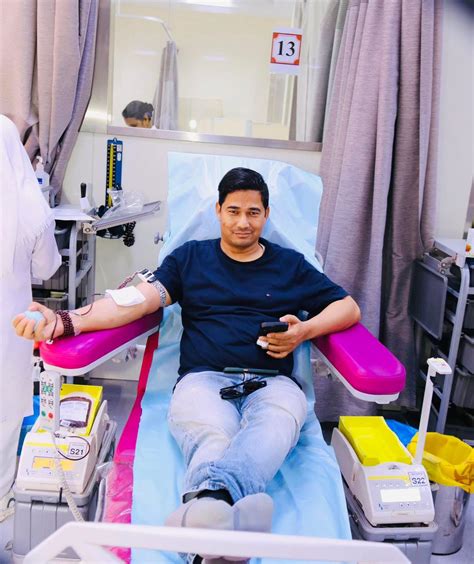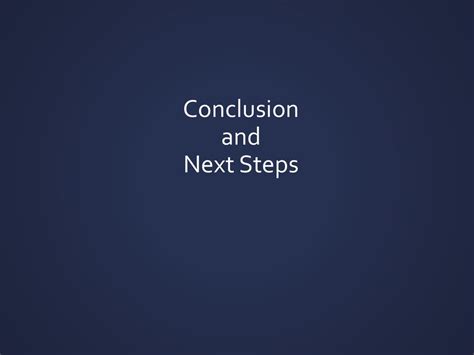Intro
Learn 5 effective ways to manage low blood sugar, including glucose monitoring, diet planning, and stress reduction, to prevent hypoglycemia symptoms and maintain stable blood sugar levels naturally.
Living with diabetes or experiencing episodes of low blood sugar can be challenging and affect daily life significantly. Low blood sugar, also known as hypoglycemia, occurs when the glucose levels in the blood drop below a certain threshold, typically below 70 mg/dL. It's crucial to manage low blood sugar effectively to prevent complications and ensure overall health and well-being. Understanding the causes, symptoms, and management strategies for low blood sugar is essential for individuals who experience it regularly.
The symptoms of low blood sugar can vary from person to person but often include shakiness, dizziness, sweating, hunger, irritability, confusion, and in severe cases, seizures or loss of consciousness. Managing low blood sugar requires a combination of lifestyle adjustments, dietary changes, and in some cases, medication adjustments. It's also important for individuals with diabetes or those prone to hypoglycemia to educate their family and friends about the condition, its symptoms, and how to provide assistance when needed.
Effective management of low blood sugar involves being proactive and prepared. This includes carrying a glucagon kit or glucose tablets, wearing a medical alert necklace or bracelet, and keeping a log of blood sugar levels to identify patterns and triggers. Moreover, understanding the glycemic index of foods and how different activities affect blood sugar levels can help in making informed decisions about diet and exercise. With the right strategies and support, individuals can manage their condition effectively, reduce the risk of complications, and lead an active and healthy life.
Understanding Low Blood Sugar

Causes and Symptoms
The causes of low blood sugar can be multifaceted, including but not limited to, excessive medication, skipped meals, or increased physical activity. Symptoms can range from mild to severe and may include confusion, dizziness, and in severe cases, unconsciousness. Recognizing these symptoms and understanding their causes is crucial for effective management and prevention of future episodes.Management Strategies

- Dietary Adjustments: Eating regular, balanced meals and snacks can help maintain stable blood sugar levels. Choosing foods with a low glycemic index, which raise blood sugar levels gradually, can also help prevent sudden spikes and drops.
- Monitoring Blood Sugar: Regular monitoring of blood sugar levels helps in identifying patterns and triggers of low blood sugar, enabling proactive measures to prevent episodes.
- Emergency Preparedness: Carrying glucose tablets, wearing a medical alert necklace, and informing friends and family about the condition can ensure prompt assistance during an episode.
Role of Nutrition
Nutrition plays a vital role in managing low blood sugar. Understanding the glycemic index of foods and incorporating foods that release glucose slowly into the bloodstream can help in maintaining stable blood sugar levels. Additionally, eating regular meals and snacks, and avoiding skipping meals can prevent episodes of low blood sugar.Lifestyle Adjustments

- Regular Physical Activity: Regular exercise can help improve insulin sensitivity and reduce the risk of low blood sugar episodes. However, it's essential to monitor blood sugar levels before, during, and after exercise and adjust food intake accordingly.
- Stress Management: Stress can affect blood sugar levels. Practicing stress-reducing techniques such as meditation, yoga, or deep breathing exercises can help manage stress and prevent low blood sugar episodes.
- Adequate Sleep: Getting enough sleep is essential for overall health and can help regulate blood sugar levels. Aim for 7-8 hours of sleep per night.
Importance of Monitoring
Regular monitoring of blood sugar levels is vital for managing low blood sugar effectively. It helps in identifying patterns, understanding how different foods and activities affect blood sugar levels, and making informed decisions about diet and exercise. Monitoring also enables early detection of low blood sugar, allowing for prompt intervention and prevention of complications.Technological Advances

Future Directions
The future of low blood sugar management looks promising with ongoing research into new technologies and treatments. Closed-loop systems, which automatically adjust insulin doses based on glucose levels, are being developed and hold great potential for improving the management of diabetes and reducing the risk of low blood sugar episodes.Community Support

Education and Awareness
Education and awareness about low blood sugar are critical for its effective management. Individuals with diabetes or those prone to hypoglycemia should educate themselves about the condition, its causes, symptoms, and management strategies. Additionally, raising awareness among the general public can help reduce stigma and ensure a supportive environment for those managing the condition.Conclusion and Next Steps

We invite readers to share their experiences and tips for managing low blood sugar in the comments below. Your insights can help others in their journey to better health. If you found this article informative, please consider sharing it with your network to spread awareness about low blood sugar management.
What are the common symptoms of low blood sugar?
+Common symptoms include shakiness, dizziness, sweating, hunger, irritability, and confusion. In severe cases, symptoms can progress to seizures or loss of consciousness.
How can I manage low blood sugar through diet?
+Eating regular, balanced meals and snacks, choosing foods with a low glycemic index, and avoiding skipping meals can help manage low blood sugar through diet.
What technological advancements are available for managing low blood sugar?
+Technologies such as continuous glucose monitors (CGMs) and insulin pumps can help individuals manage their condition more effectively by providing real-time glucose readings and precise insulin delivery.
